The topic of contaminants in hash is quite extensive. It is an important topic, as the presence of contaminants can significantly influence the overall quality of hash when using high-grade cannabis as a starting material.
These contaminants are responsible for promoting combustion rather than vaporization, resulting in the formation of undesirable and harmful carcinogens. Furthermore, they play a crucial role in altering the overall flavour profile by diluting the essential oils found in the trichomes. As a result, the hash’s visual appeal can diminish.
In this blog post, we will explore the various types of contaminants commonly found in hash and how to reduce their presence. Understanding and managing these hash contaminants can lead to a more effective process and a higher-quality end product.
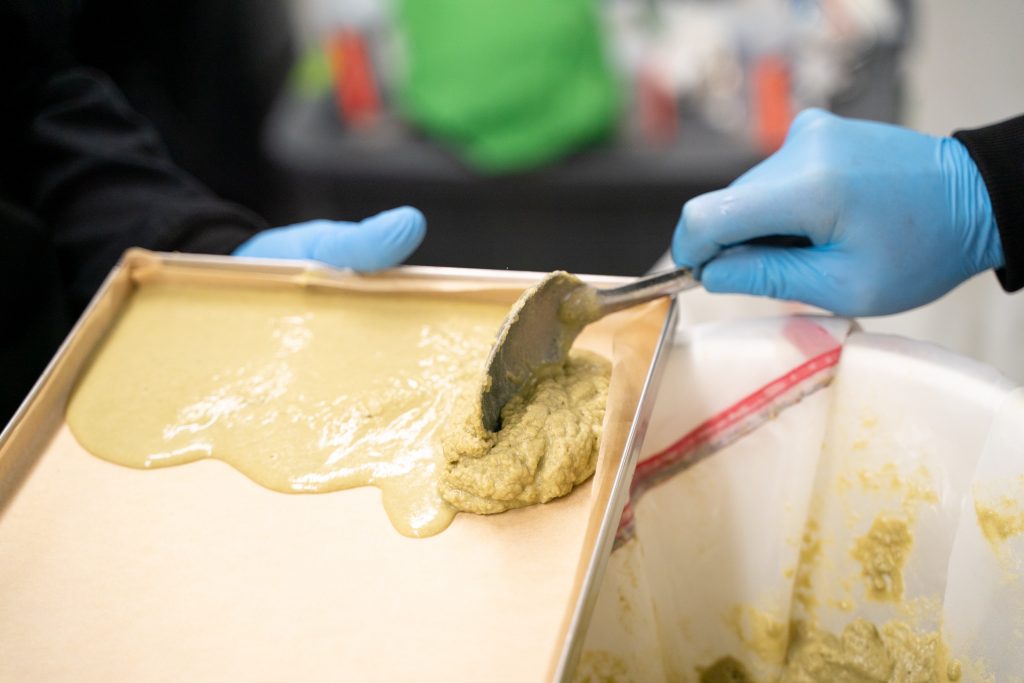
Plant Particles
Plant matter tends to be the most common source of contaminants in hash.
This could be pieces of the plant, such as small leaf particles, trichome stalks, shavings and slivers, stems, seeds and ’nanners’ (pre-mature seeds), deflated trichomes, hairs, water-soluble compounds, chlorophyll, and other plant components.
Plant matter is typically more abundant as a contaminant when using dry cannabis as a starting material, as opposed to fresh frozen. In both instances, the primary factor influencing the amount of plant particles is the handling of the plant. Agitation pattern and ice quantity also play a notable role.
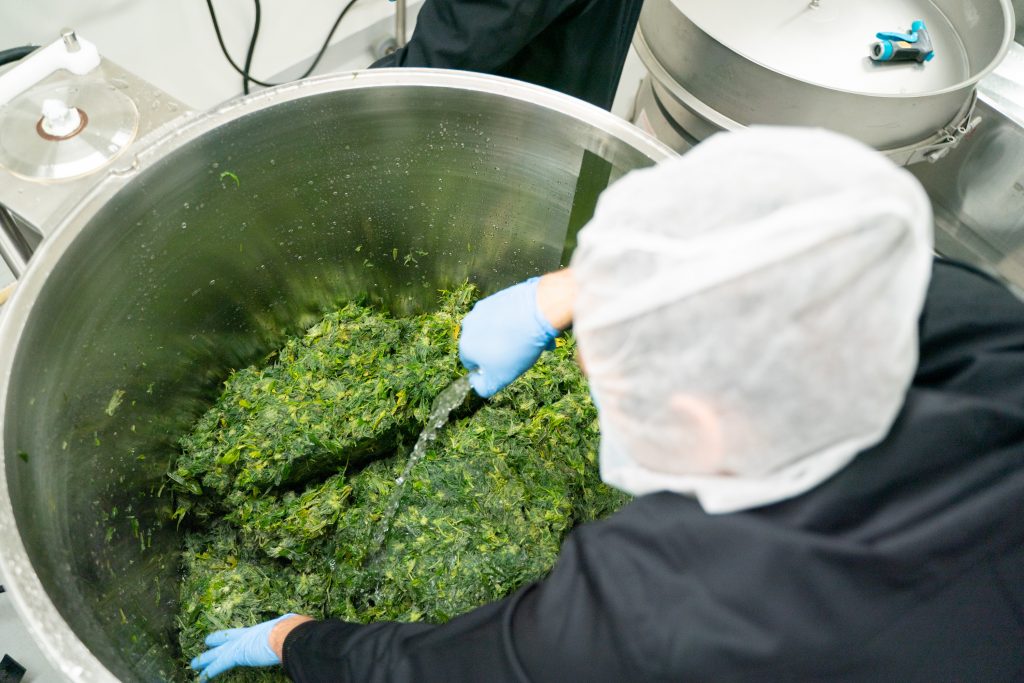
How to Minimize Plant Particles
When using dry cannabis, it is crucial to minimize touch points. Additionally, ensure the cannabis flower is not excessively dry, as this can lead to it breaking down into smaller particles.
After adding the dry cannabis into the process water, ensure it is thoroughly soaked before proceeding with agitation. This precautionary step helps prevent any further particles from breaking off or disintegrating into smaller pieces. When handling fresh frozen cannabis, flower particles are less likely fall off but should always be handled as gently as possible.
Since fresh frozen flower is already , the goal is to get the cannabis and water to the same temperature before agitation. This requires thawing the fresh frozen cannabis.
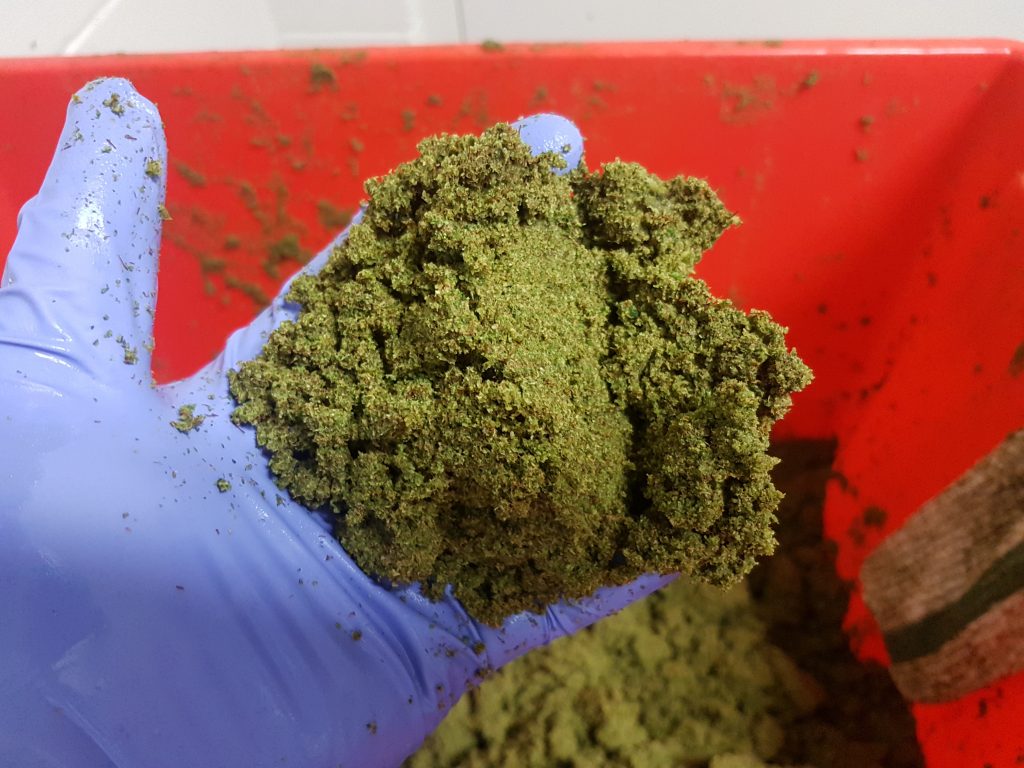
Finally, when starting agitation begin with a gentle cycle. Then, gradually increase the agitation intensity. Gradually ramping up the agitation speed will ensure leaf particles are kept at bay and do not find their way into the collection.
Excessive agitation will make the plant break down faster, introducing physical particles and liquid contaminants into the process water. One such component is chlorophyll, which is present in the plant but not water-soluble. Chlorophyll can encase trichomes, decreasing the quality of your hash. It can also be tough to rinse off in some instances.
Trichome Stalks
Trichomes stalks are common and can be abundant contaminant when making hash.
As trichome stalks do not contain any desirable oils, they will burn and create a poor consumption experience. To prevent trichome stalks from contaminating the end product, follow these steps:
- Handle the flower carefully to prevent the stalk from breaking off.
- Properly agitate your biomass, so that only trichome heads are removed.
- Filter your hash to separate any remaining stalks from the final product’s micron range.
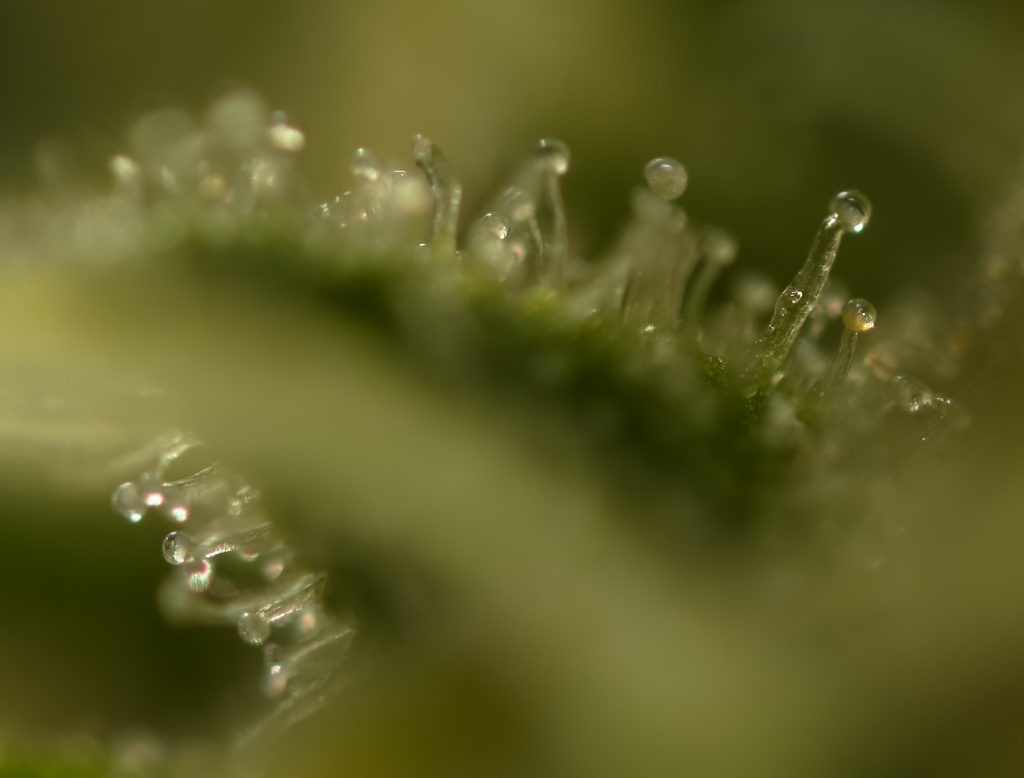
Stalks can vary in micron sizes, ranging from 10 microns in width, to 600-microns in length.
This means a trichome stalk could end up in any bag above 10 microns if it lands in the right direction. If it lands vertically, a 600-micron stalk can end up even in the 90-micron bag or any bag you will use.
Although one cannot control where every trichome will land, filtering them gently helps to reduce any undesired changes in their positions.
Dirt and Foreign Debris
Dirt and foreign debris are other common contaminants in the production of hash. They can be present before, during or after separation.
Prior to agitation, fibres such as dirt and dust can stick to cannabis. Trichomes are sticky, and it is their job to catch debris and protect the plant. Before flower is frozen, the plants can attract contaminants so they must be handled with utmost care.
It is important to be proactive and prevent contamination wherever possible. If growing outdoors, keeping dust at a minimum is helpful and can be done by harvesting in the morning dew. Rinsing plants is also an effective way to clean off dirt, dust, and debris (to some extent).
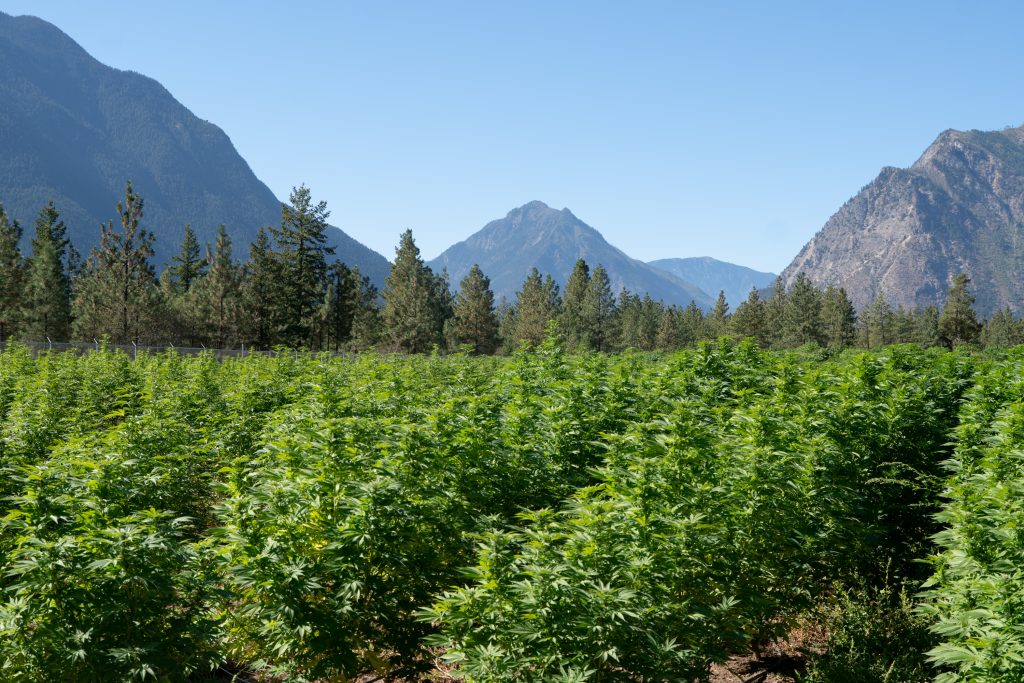
During separation, contamination can be prevented by ensuring processing equipment is clean. It is also important to wear appropriate personal protective equipment (PPE) to keep hairs and fibres at bay.
After completing the separation process, you will likely have wet hash in your bags or on freeze-dry trays. There is still a possibility for dirt, dust, fibres, hairs, and other debris to contaminate your hash. Careful movements and a clean environment will help ensure these contaminants do not enter the hash.
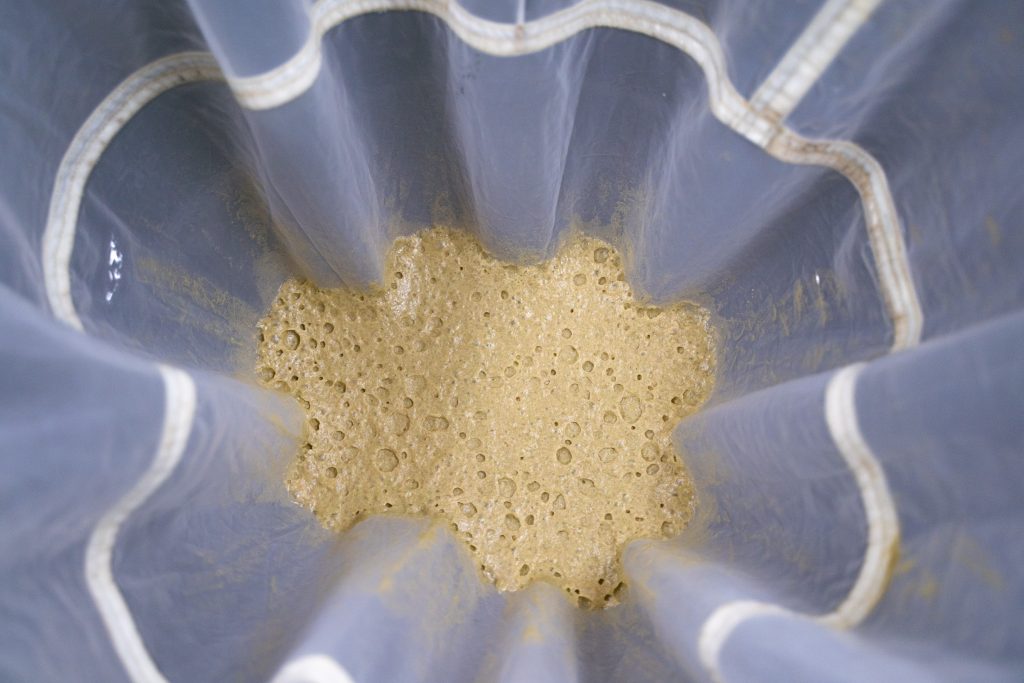
Implementing these practices will prevent various contamination issues from soil to oil.
With the right process to keep your hash clean, paired with sanitary equipment and the right agitation pattern, you can extract the best resin possible and create stellar hash.
For more help with your extraction process, Whistler Technologies offers the equipment, processes and services needed to produce quality solventless extracts at a large scale.